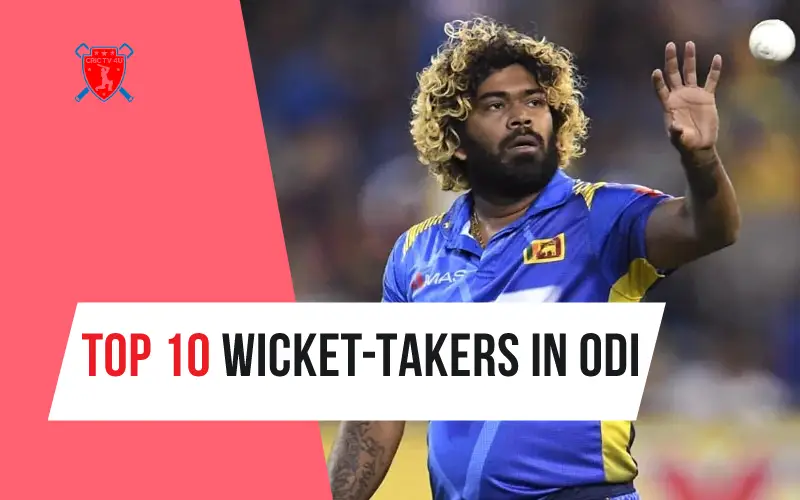Taking 300 wickets for a bowler is an outstanding achievement, but we always consider it a significant achievement when someone hits 10,000 ODI runs. The first player to get 300 wickets in an ODI was Pakistan’s Wasim Akram in 1996. He was also the first player to take 400 and 500 wickets. Wisden Magazine awarded Wasim Akram as the best ODI bowler in 2003. So far, only 13 players have got over 300 wickets in ODI. Former Indian bowler Anil Kumble has the most wickets in 271 games. So today, let us talk about the top 10 wicket-takers in ODI.
1. Muttiah Muralitharan
It’s not surprising that the person who has seen the best bowling indices in front of the list is number one. The Sri Lankan maestro Muttiah Muralitharan picked up an average of 23.08 wickets and 534 wickets with an economy rate of 3.93. Murali revolutionized the technique of wrist rotation and his topspin and has even embarrassed the most skilled batsman. Murali’s highest ODI figure was 7/30 against Sharjah in India in 2000. Muttiah has taken 74 wickets against India, and his most wickets are 96 against Pakistan. Muttiah Muralitharan is also the second-highest wicket-taker in the history of the World Cup with 68 wickets.
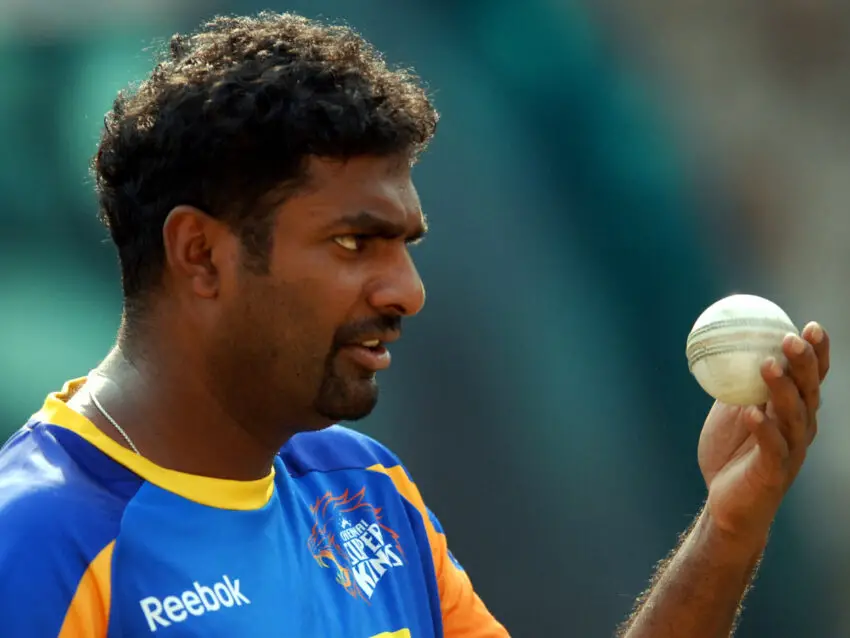
2. Wasim Akram
The greatest Pakistani bowler, Wasim Akram, was the first to record 500 wickets in ODI. In his ODI career, Akram has 502 wickets with an outstanding economy of 3.89, an average of 23.52, with his highest bowling figure being 5/15 against Zimbabwe in Karachi during 1993. Wasim Akram, one of the pioneers of bowl swinging, has one of the deadliest bowling attacks in history. He is ahead of Waqar Younis, Imran Khan, and others. He is Pakistan’s highest wicket-taker with 55 wickets in the World Cup and has achieved the third rank overall. Akram had played the leading role in Pakistan’s victory in the 1992 World Cup. With 18 wickets, he was the highest wicket-taker, including 3/49 against England, scoring 33 runs with 18 balls.

3. Waqar Younis
Waqar Younis is one of the fastest bowlers in history with an average of 23.84 and an economy of 4.68 with 416 wickets, the highest number of wickets for a right-handed pacer. His 7/36 against England in Leeds 2001 was the best bowling figure for Pakistan in ODI. As a pacer, he could reverse swing the ball at a high pace. He was also famous for his exact swing at horizontal, for which he got nicknamed Toe Crusher. Waqar Younis and Wasim Akram’s duo was one of the deadliest and fastest bowling duos in cricket. Waqar Younis would have taken more wickets if he had played for more years.
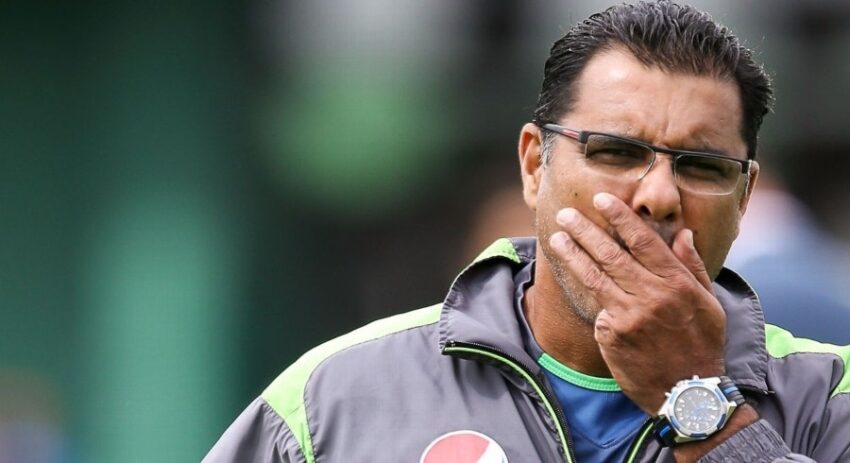
4. WPUJC Vaas
One of the best fast pacers in Sri Lanka, Chaminda Vaas, has 400 ODI wickets at an average of 27.53 and an economy speed of 4.18 along with four-five wickets’ records. Vaas held the Best ODI Bowling Figure 8/19 against Zimbabwe in 2001. The hat-trick on his first three balls in a match against Bangladesh at the 2003 World Cup and the innings break was 6/25. Vaas finished the tournament with 23 wickets. It was a record for the most wickets in a debut in the World Cup. He was on the team in the 1996 World Cup. Vaas is the 4th highest wicket-taker with 49 wickets. Despite his best bowling numbers against Zimbabwe, Vaas also has many wickets against India and Pakistan, picking up 70 and 61 respectively for both the teams.

5. Shahid Afridi
The all-rounder from Pakistan Shahid Afridi has won the most wickets for Pakistan. In his ODI career, he has 395 wickets with an outstanding economy of 4.62 and an average of 34.51. Afridi is known for his aggressive hitting and his high pace bowling. He is primarily a leg spinner and had various deliveries in his arsenal, including off-breaks and medium speeds reaching 130 km/h. Afridi is the second-highest Pakistani leg spinner. His best was 7/12 against the West Indies in 2013, the second-best ODI bowling figure ever, and because of it, he has got the status of the best bowling figure in ODI. Afridi was also the joint best wicket-taker winning 21 wickets at the 2011 World Cup.
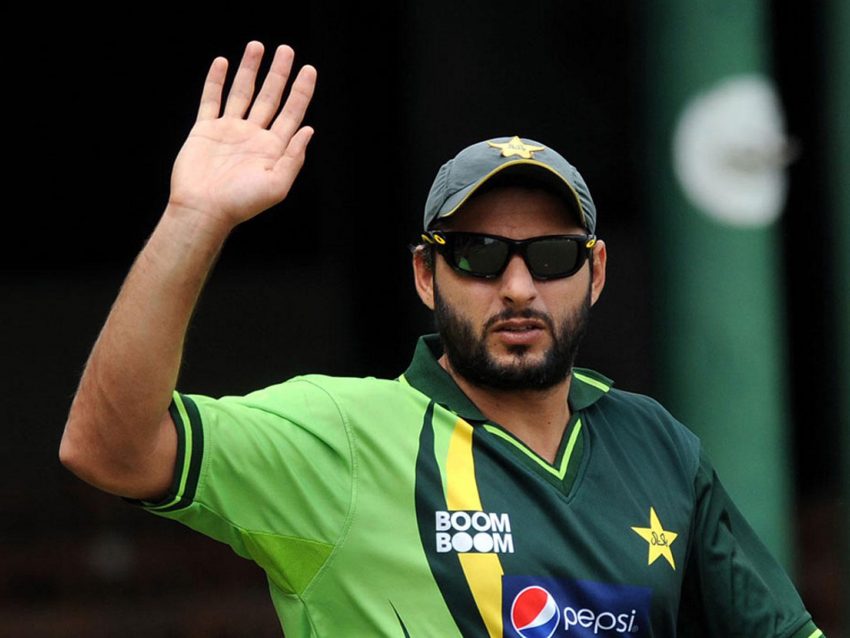
6. SM Pollock
One of the greatest all-rounders, Shaun Pollock, has an average of 24.50 with 393 wickets and an economy of 3.67, the lowest for any bowler in 250+ ODI wickets and the highest in South Africa in ODI. Pollock has his best ODI spell for 6/35 against the West Indies in 1999. Pollock made the South Africa bowling unit powerful during the second half of his career with Makhaya Ntini after the first deadly bowling partnership with Allan Donald in the mid-’90s. He is the second-highest wicket-taker in the World Cup, after Allan Donald by taking 31 wickets.

7. GD McGrath
One of the best pacers, Glenn McGrath, is Australia’s highest wicket-taker in ODI cricket, averaging 22.02 with 381 wickets and an economy of 3.88. This tall guy was one of the biggest reasons Australia emerged as such a dominant team in the late 90s to early 2000s, and the partnership with Brett Lee strengthened Australia’s bowling unit. He played a vital role in lifting three World Cup wins from 1999 to 2007. He was the 3rd highest wicket-taker in the 1999 WC with 18 wickets, 26 wickets in the 2007 World Cup, and 21 wickets in the 2003 World Cup. Glenn McGrath is the best wicket-taker in World Cup history with 71 wickets and 7/15; his best bowling figure came against Namibia in 2003.
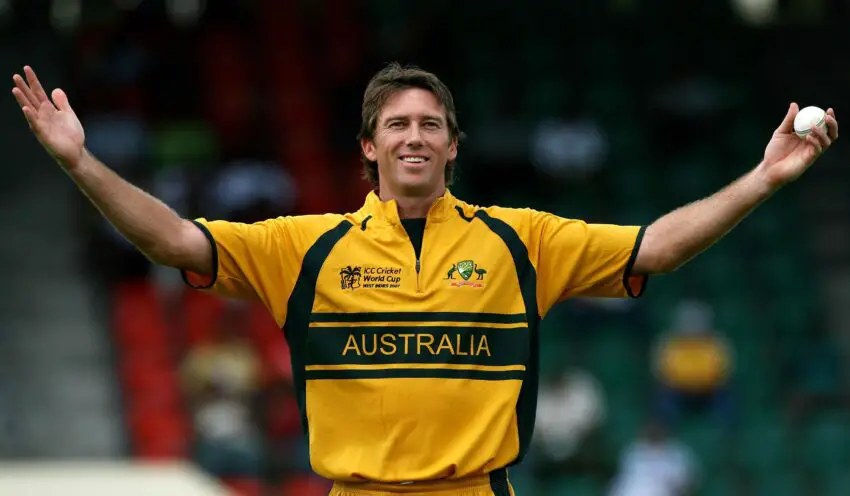
8. Brett Lee
Former Australian pacer Brett Lee in his 12-year-old career, took 380 wickets with an economy of 4.76, an average of 23.36 with five wickets against South Africa in 2006, and the highest bowling numbers 5/22. He debuted in 2000, and it took only six games for Lee to take five wickets in a match, 5/27 against India in Adelaide. Brett Lee, well-known for his quick bowling, has steadily made good progress against all big teams and has 65, 55, 52, and 49 wickets against England, India, New Zealand, and West Indies, respectively. He played a vital role in Australia’s 2003 World Cup victory. He was also the highest wicket-taker in the tournament and the second highest with 22 wickets with an average of 17.90.

9. SL Malinga
The 3rd highest wicket-taker in the test ranks ninth in the ODI. He is still one of the best spin bowlers globally and the best spinner we have ever witnessed. Malinga started his career in 1990 and made his position in spin bowling in the test in 1992. It wasn’t until 1993 when he took a breathtaking 6/12 spell against the West Indies with an average of 30.89 and an economy of 4.30. He was the best wicket-taker in the 1996 World Cup, averaging 18.73 in 15 wickets.

10. Anil Kumble
The third-largest wicket-taker in tests, taking 10th place in ODI, is one of the best bowlers globally and the best spinner India has ever witnessed. In 1990, Kumble established himself as a quality bowler in the 1992 Tests. However, it was not until 1993 that Kumble proved his courage in limited form. He remained on the ODI record for decades until Stuart Binny broke the record in 2014. Kumble continued to increase the figures and ended his ODI career with an average of 30.89 for India, 337 wickets with an economy of 4.30. He is the only player in the 1996 World Cup to have an average of 18.73 with 15 wickets.




